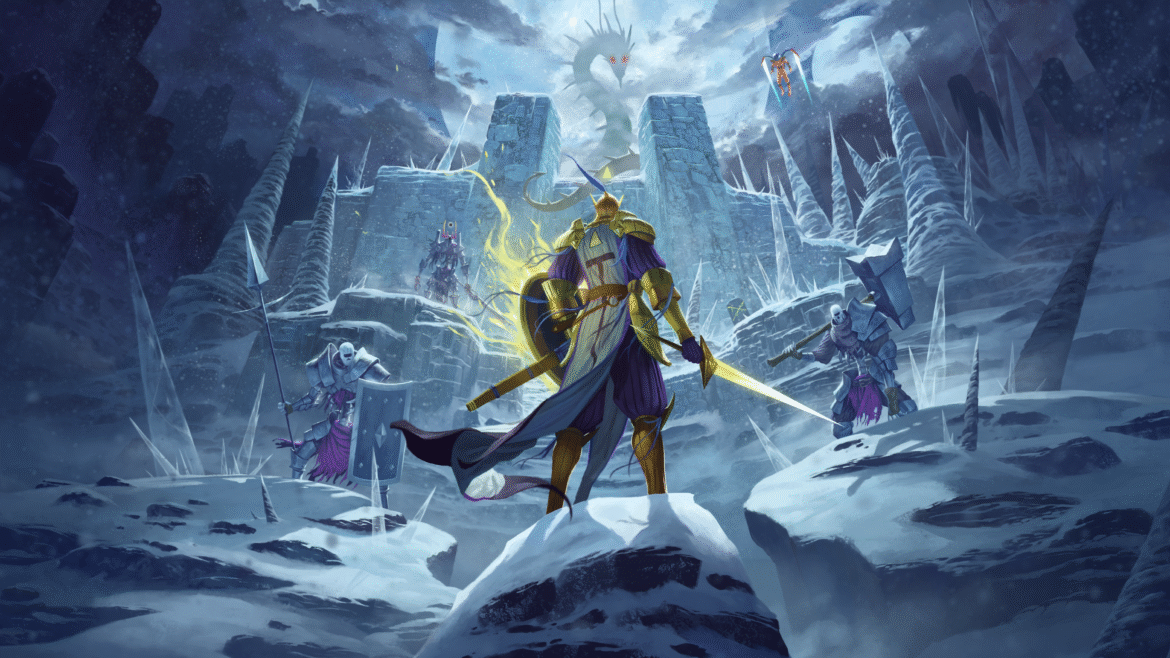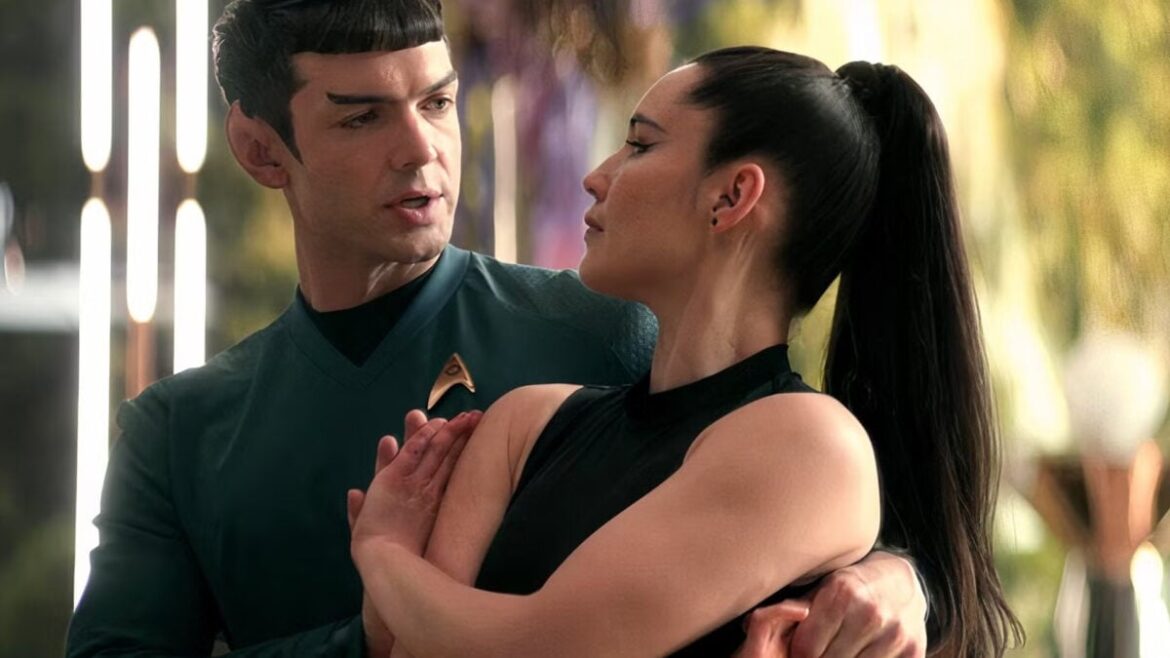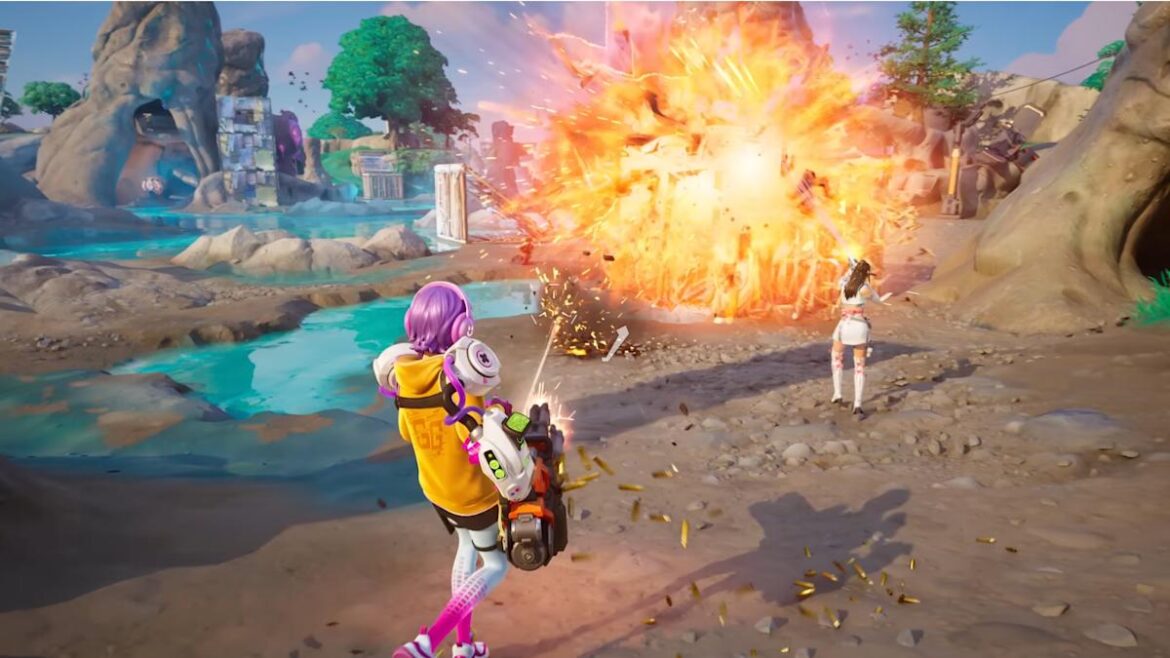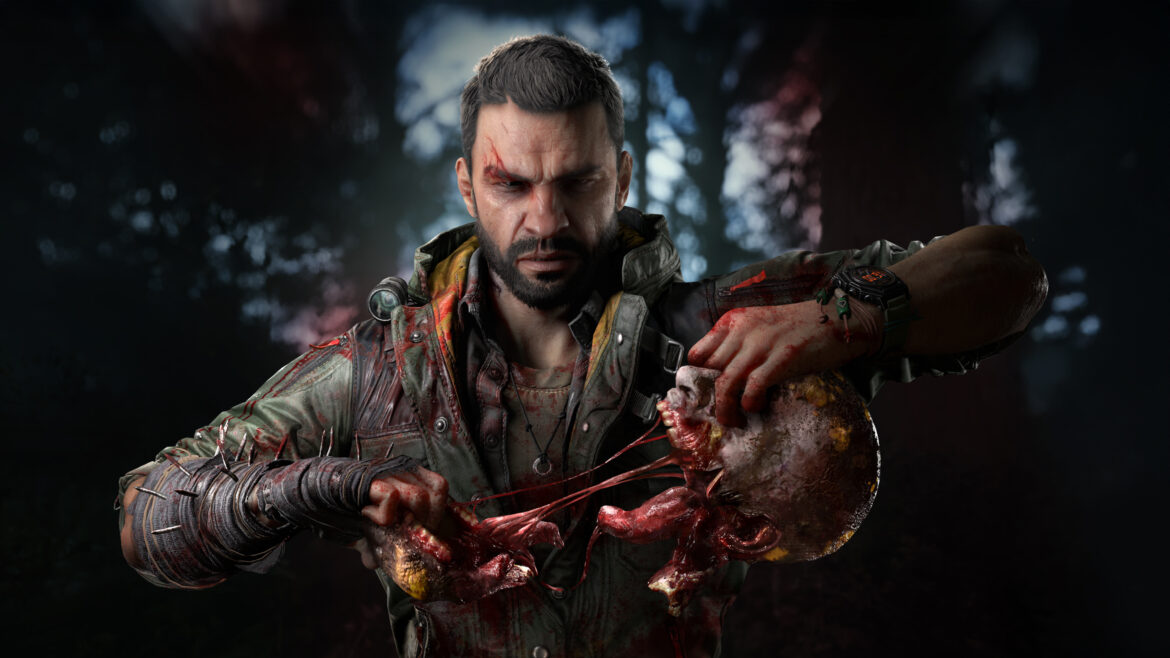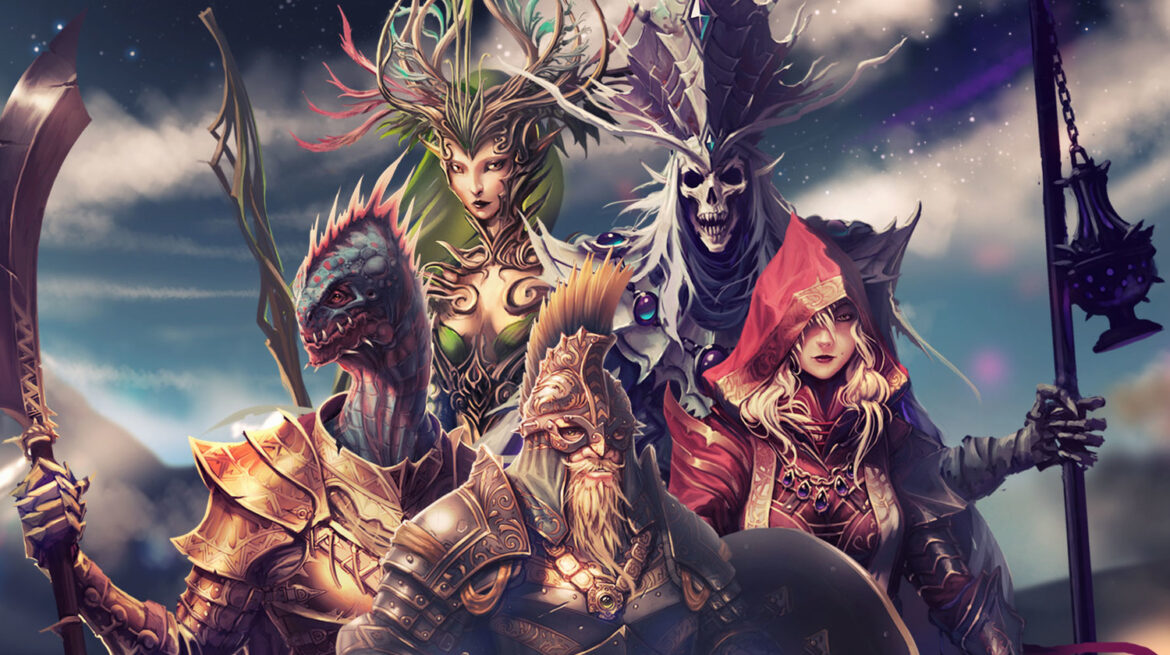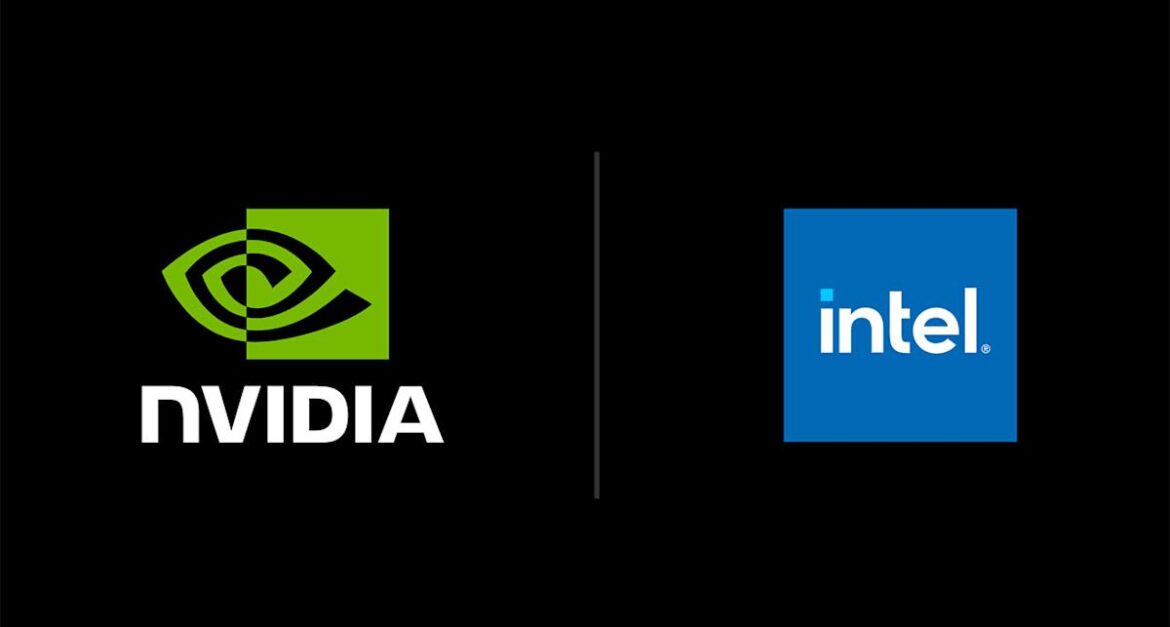Every week at least a couple of metroidvanias release on Steam, and most remain obscure. Adventure of Samsara, which released on September 4, was more fated to obscurity than most, despite being published by an ascendant Atari. Because September 4 was also the day Silksong released. Few were going to make time for a handsome but orthodox pixel art metroidvania when the joys and indignities of Pharloom beckon.
Except me: I needed a break from Silksong earlier this week, mostly because I was getting my ass kicked, but also because a small detail on the Adventure of Samsara Steam page piqued my interest. This is actually a spiritual sequel of sorts to the 1980 game Adventure, which was probably the most cryptic and sprawling Atari 2600 cart on the market.
Adventure gave me nightmares as a child. Whereas most Atari 2600 games were cheerfully straightforward one-screen arcade games or scrolling shooters, Adventure had designs on being a full-blown, well, adventure, and it displayed some proto-metroidvania qualities to that end.
Related articles
You explore a same-ish labyrinth as a dot, collecting color-coded keys to unlock color-coded doors, avoiding bats and dragons, and using tools—such as a magnet and a bridge—to solve problems. Its austere blocky graphics are to ASCII what Duplo is to Lego, but there’s a quiet inscrutability to it that freaked me out as a kid (as did Secret Quest, another fairly ambitious Atari 2600 adventure game).
Here’s what the original Adventure looked like (via Retro Games Fan):
Atari 2600: Adventure – YouTube
Watch On
After spending around seven hours in Adventure of Samsara, I can confirm that it doesn’t share a hell of a lot in common with its 1980 source material. The closest call-back I can find, the dragons, are coiled in the same way as the old game and similarly color-coded. If you liked Adventure (I highly doubt you ever loved it), then you’re probably not going to feel relief or the frisson of familiarity with this 2025 game. It definitely feels like a case of having a languishing IP fitted to a new game, almost as an afterthought. (Beyond the Ice Palace 2 comes to mind.)
That’s fine (that’s business) but how does Adventure of Samsara stack up as a 2025 exploration platformer? Kinda well, but not brilliantly. As a “Solar Champion” it’s my job to reactivate “a mysterious interdimensional fortress”, which means exploring a big interconnected underground labyrinth full of monsters, traps and those dragons. Along the way I find the usual array of exploration-gratifying power-ups while unlocking shortcuts, save points and fast travel stations.
Image 1 of 5
(Image credit: Atari)(Image credit: Atari)(Image credit: Atari)(Image credit: Atari)(Image credit: Atari)
My Solar Champion is a floaty lil’ fellow (“lil” because Adventure of Samsara feels more zoomed out than most modern platformers) and his actions can’t be canceled. These qualities do not bode well at first, but I did get used to the stiffness of the controls, probably because Samsara isn’t otherwise a very demanding game. My Solar Champion eventually has three weapons—a sword, a bow and a hammer—and the latter two double as traversal and exploration tools, alongside the usual hard-won character upgrades. Yes, there is a double jump.
I was surprised to find that this game kept me up just as late as Silksong has been this past week.
What I like about Adventure of Samsara is its atmosphere. Yes, it blends fantasy and sci-fi in a pretty familiar way, but the retro-futuristic synth soundtrack is evocatively subtle. It clearly has designs on channeling the 1980s, but it does so in a quiet, nearly plaintive way that’s quite at odds with the nowadays suffocating banality of synthwave.
The other thing I liked about Samsara, especially compared to the 30-odd hours I’ve spent in Silksong, is how exploration-forward it is. There are bosses, but they’re not especially hard, and once you’ve beaten them you can look forward to big chunks of just nosing around. At first this exploration is done tentatively, as the combat is pretty rote and repetitive: attack, dash back, attack, dash back. But once my Solar Champion has some crisper moves and more effective weapons, the exploration becomes freewheeling and engaging. I was surprised to find that this game kept me up just as late as Silksong has been this past week.
(Image credit: Atari)
I also came to appreciate the pixel art, which was a bit of an obstacle for me at first. The world is coherent and carefully illustrated, but the enemy sprites kinda look like something you’d see in uh, Siralim. They’re barely animated—they just blob around. But this culminates in Samara having an interesting primitive quality that oddly reminded me of Barbuta from UFO 50.
Will Silksong signal the end of the charming, humble indie metroidvania? Are these games now doomed to be big budget affairs designed to sap mindshare for weeks going and months? What I love about the genre is that the vast majority of its purveyors—the ones making games you find on Steam with less than 50 reviews—feel like the work of joyful hobbyists, a tradition that runs from Cave Story through to stuff like Astalon.
Adventure of Samsara definitely belongs to that tradition, despite having a 40-odd year old IP attached to it. Yes, it has rough edges, but the next time you want to slide into a mysterious, enveloping metroidvania that doesn’t want you to suffer mercilessly, I’d recommend giving it a look. Maybe also check out Zexion.

